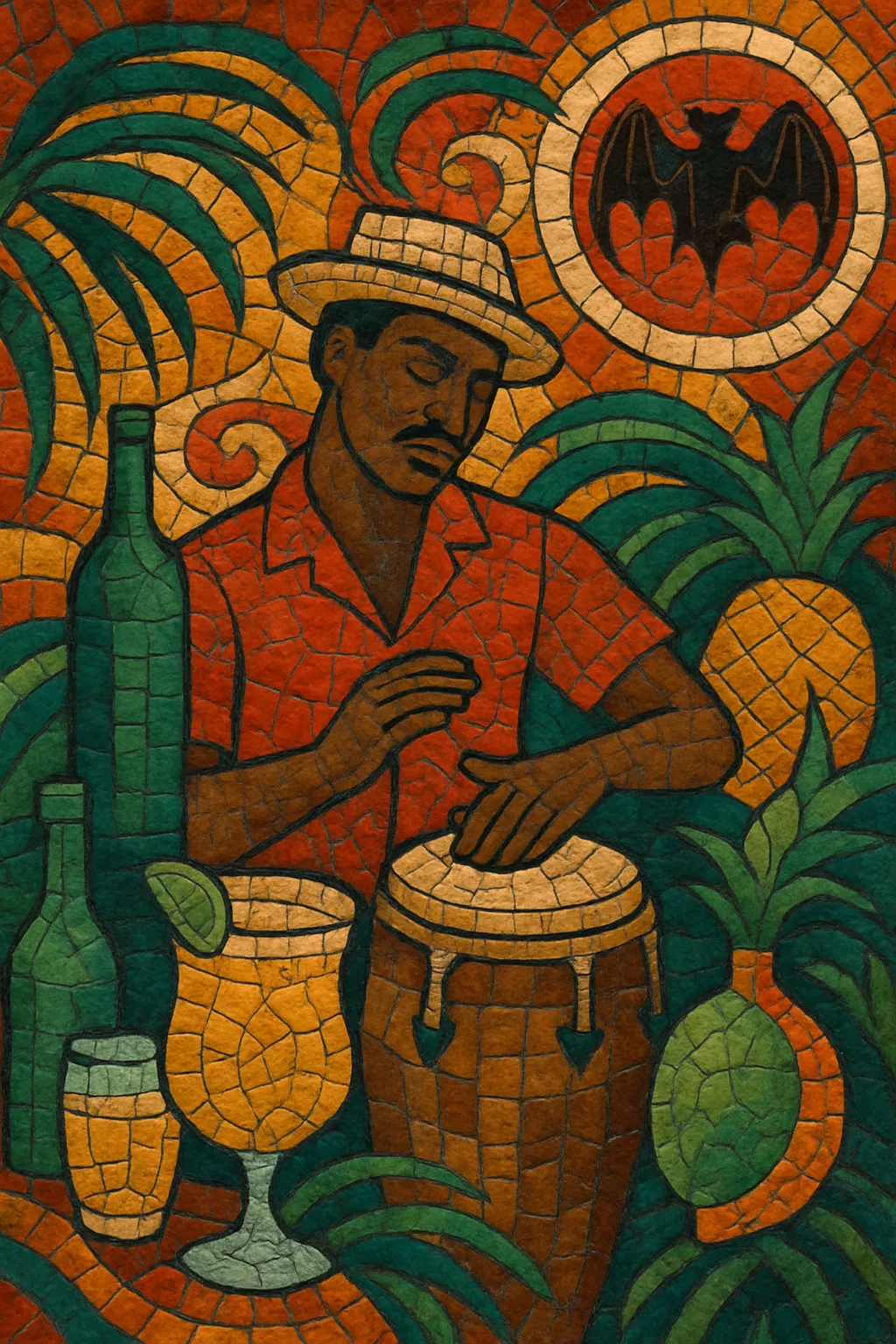
Bacardi (often called Bacardi house or Bacardi Pitori) is a hyper-local South African dance music style that emerged from Pretoria’s townships (collectively nicknamed “Pitori”). It is characterized by a raw, percussive bounce, minimal melodic content, and chant-like vocal hooks delivered in Sepitori (Pretoria township slang).
The sound emphasizes syncopated drum programming, woody percussion hits, and thick, percussive bass stabs. Tracks are designed for street parties and dance circles, with sections that leave space for crowd call-and-response and signature Bacardi dance moves. In the 2010s and 2020s, its rhythmic DNA fed directly into amapiano’s Pretoria strain, helping popularize the “log drum” drive and whistle-tinged party energy heard in many contemporary hits.
Bacardi arose in Pretoria’s townships (Soshanguve, Atteridgeville, Mamelodi) as a street-centric evolution of kwaito’s mid-tempo swagger and South African house’s club structures. Local producers distilled these influences into a leaner, drum-forward template built for neighborhood parties, shebeens, and taxi-rank sound systems. The focus was on a distinctive “Pitori bounce”: syncopated kicks and toms, rattling shakers, clipped snares, and simple, chant-like vocal tags.
Pioneers such as DJ Spoko were central to codifying the style’s palette and arranging logic, while DJ Mujava’s breakout “Township Funk” (2008) exposed Pretoria’s percussive sensibility to global club culture, even as the underground Bacardi scene continued to thrive locally.
Through the 2010s, Bacardi became inseparable from Pretoria party culture. Crews, dancers, and street DJs refined signature moves and call-and-response hooks, and producers emphasized space in arrangements so crowds could “own” the groove. Whistles, siren-like synths, and wooden/skin-like drum timbres became recurring motifs.
As amapiano exploded nationally, Pretoria-based artists imported Bacardi’s bounce into piano’s toolkit—especially its percussive bass stabs and spare, rolling drums. This fusion helped define a recognizable Pretoria strain within amapiano, accelerating Bacardi’s visibility on radio, streaming platforms, and social media. Viral Bacardi dance clips and challenges in the early 2020s further cemented its influence and brought renewed attention to its township roots.
Bacardi remains a proudly local identity marker and a creative engine for Pretoria’s club scene. Its rhythmic fingerprints are heard across contemporary amapiano and adjacent street styles, ensuring the Bacardi bounce continues to influence South African and global dance floors.

